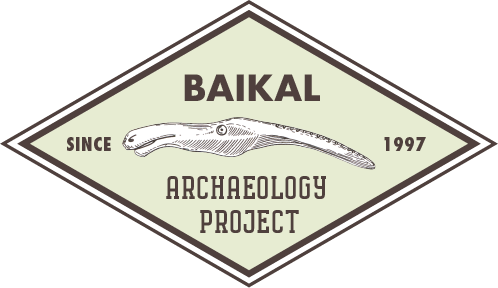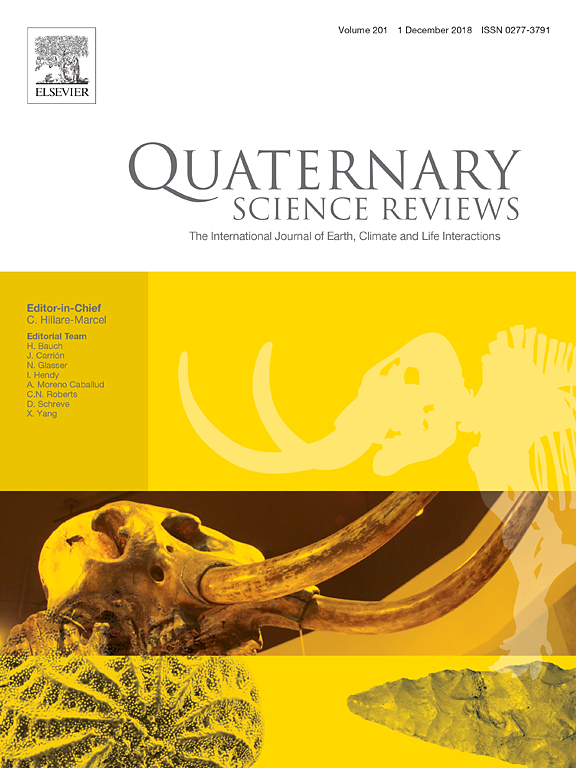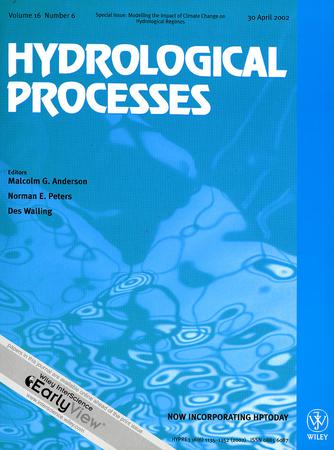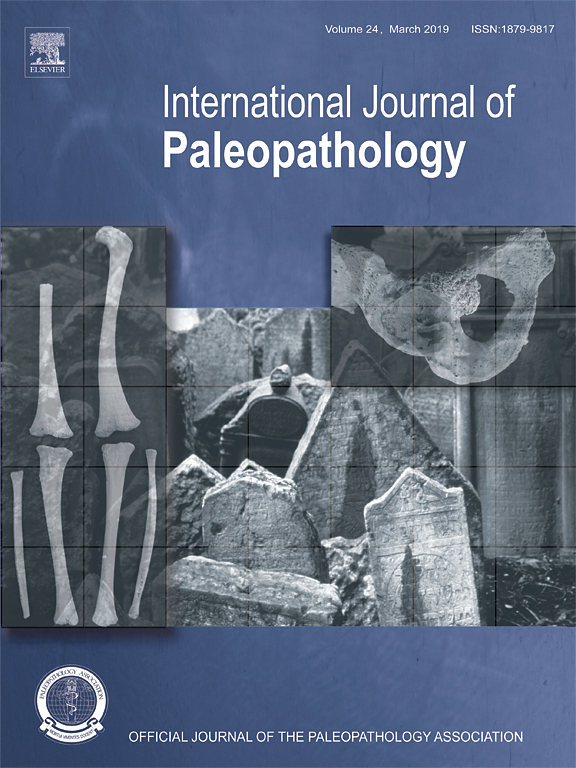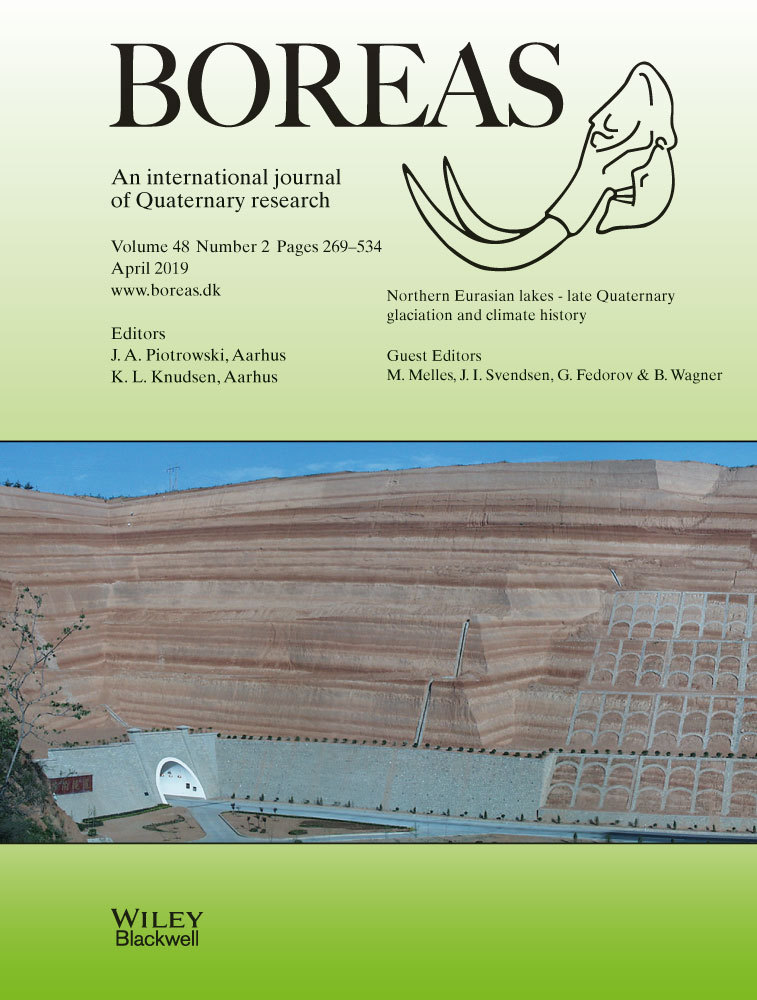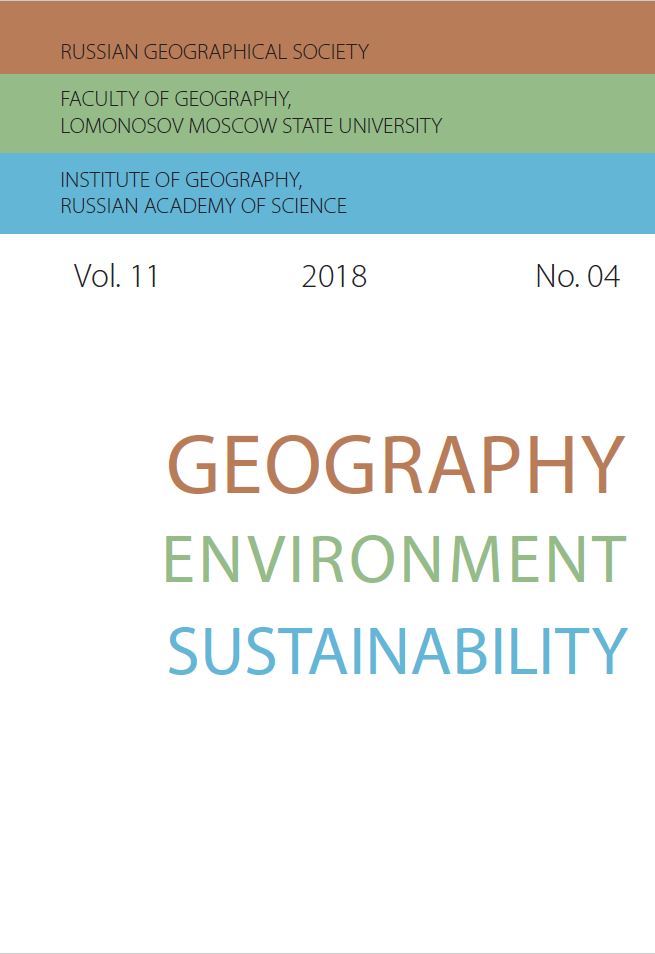Quaternary Science Reviews February 2020
Late Glacial hunter-gatherer pottery in the Russian Far East: Indications of diversity in origins and use
Shoda S, Lucquin A, Yanshina O, Kuzmin Y, Shevkomud I, Medvedev V, Derevianko E, Lapshina Z, Craig OE, Jordan PD
During the Late Glacial, hunter-gatherers began using ceramic cooking containers in three separate geographic regions of East Asia: China, Japan and in the Russian Far East. While recent research has clarified the use of early pottery in Japan, very little is known about what led to the emergence of pottery in the other two areas, including the likely environmental, economic or cultural drivers. In this paper we focus on a series of key sites along the Amur River [...]

